Morning Eye Candy: Feeling Like A Soursop
Posted in Photography on February 9 2015, by Lansing Moore
Because who doesn’t feel a little prickly on Mondays?
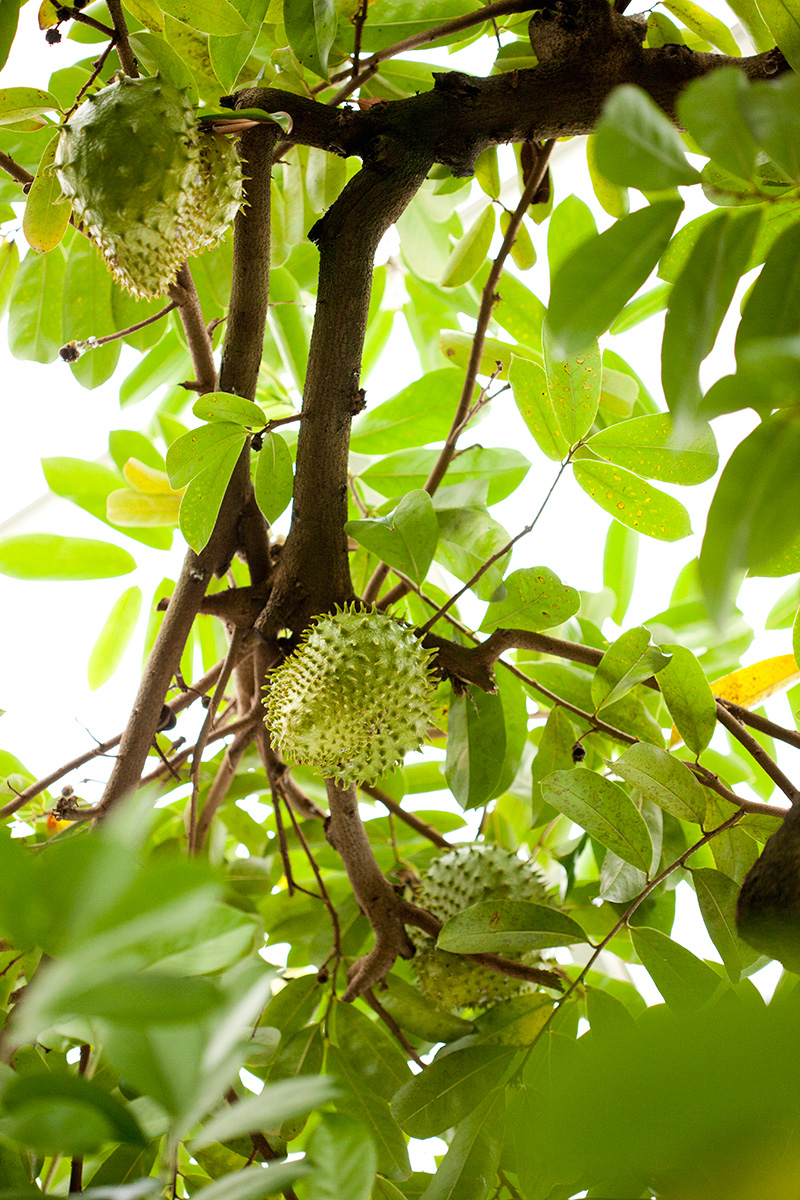
Annona muricata in the Enid A. Haupt Conservatory – Photo by Ivo M. Vermeulen

Inside The New York Botanical Garden
Posted in Photography on February 9 2015, by Lansing Moore
Because who doesn’t feel a little prickly on Mondays?

Annona muricata in the Enid A. Haupt Conservatory – Photo by Ivo M. Vermeulen
Posted in Programs and Events on February 6 2015, by Lansing Moore
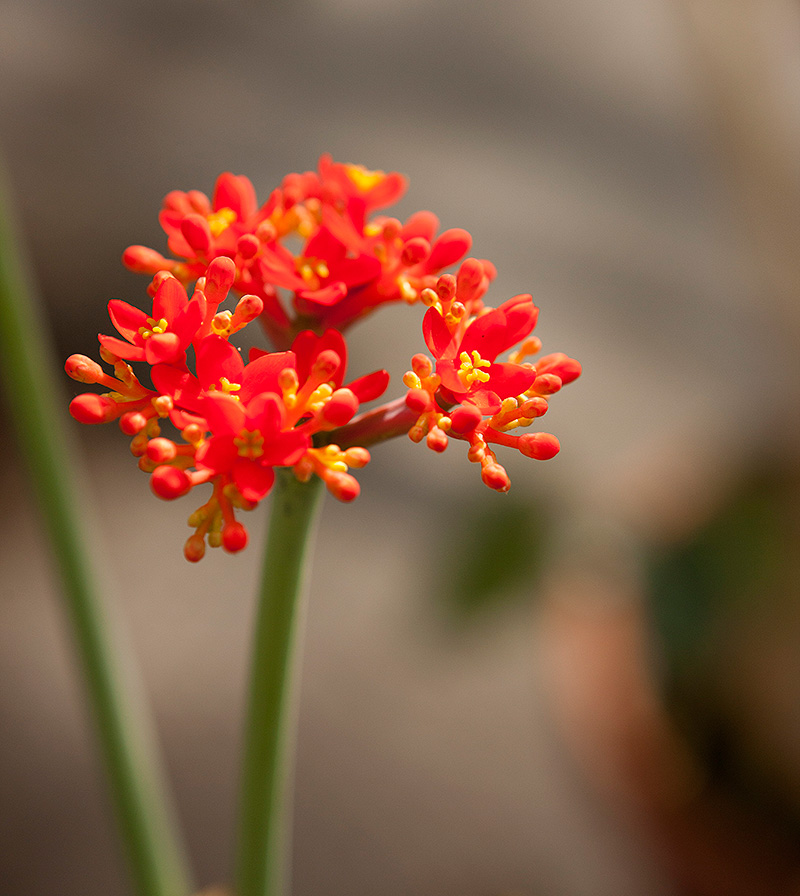 This weekend includes several ways to escape the cold. In fact, step out of your entire ecosystem and into Wild Medicine in the Tropics in the Enid A. Haupt Conservatory to admire a stunning variety of medicinal plants in the rain forest galleries. With tours of the exhibit and the Conservatory, a journey awaits within the warm glasshouse. Shutterbugs can even participate in Photography Tips & Tricks in the Tropics and enjoy a tour along with photo advice from NYBG’s experts. Submit your best shots for consideration in our Wild Medicine Photo Contest!
This weekend includes several ways to escape the cold. In fact, step out of your entire ecosystem and into Wild Medicine in the Tropics in the Enid A. Haupt Conservatory to admire a stunning variety of medicinal plants in the rain forest galleries. With tours of the exhibit and the Conservatory, a journey awaits within the warm glasshouse. Shutterbugs can even participate in Photography Tips & Tricks in the Tropics and enjoy a tour along with photo advice from NYBG’s experts. Submit your best shots for consideration in our Wild Medicine Photo Contest!
The Haupt Conservatory will also be the center of next week’s Valentine’s Day Dates, exclusively for MasterCard® cardholders. Kids can also celebrate the sweetest holiday with our Budding Masters Valentine’s Day Chocolate Adventure. Click through for this weekend’s full schedule of special tours and programs.
Posted in Photography on February 6 2015, by Lansing Moore
Boliviain sunset gloxinia displays its glowing red hue.
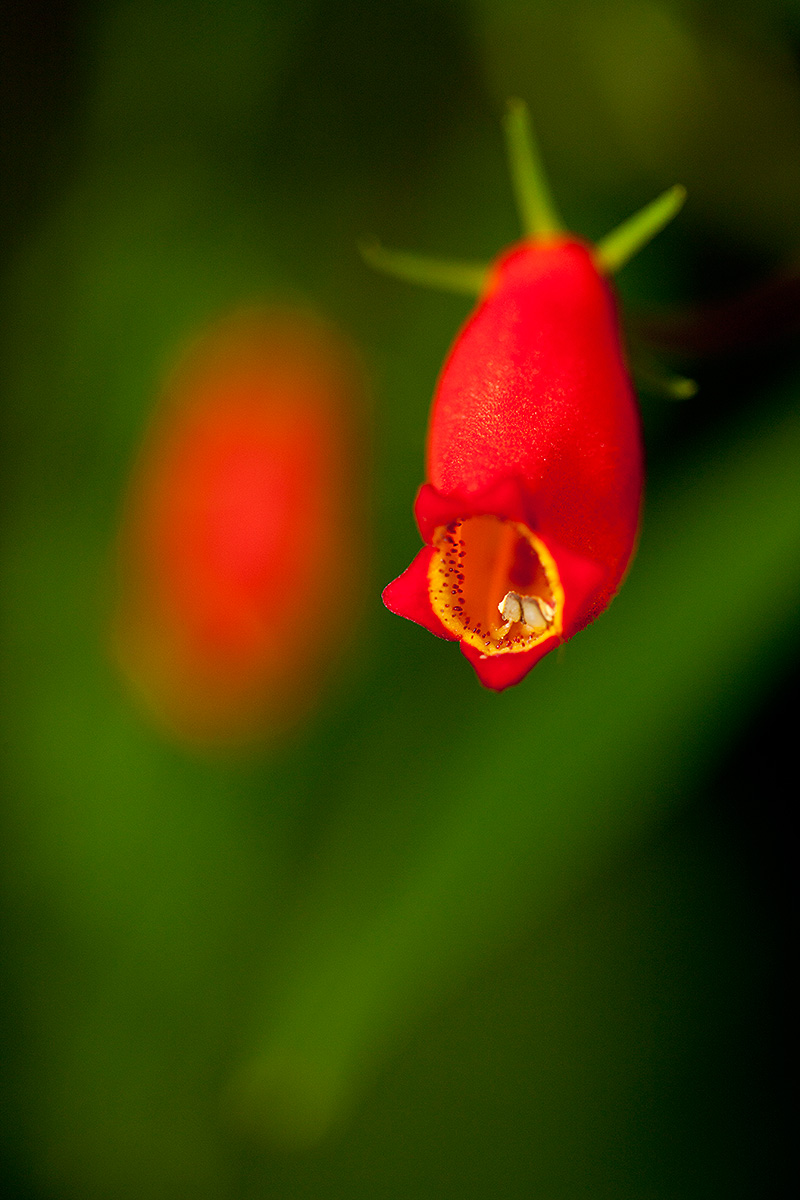
Seemannia sylvatica in the Enid A. Haupt Conservatory – Photo by Ivo M. Vermeulen
Posted in Photography on February 5 2015, by Lansing Moore
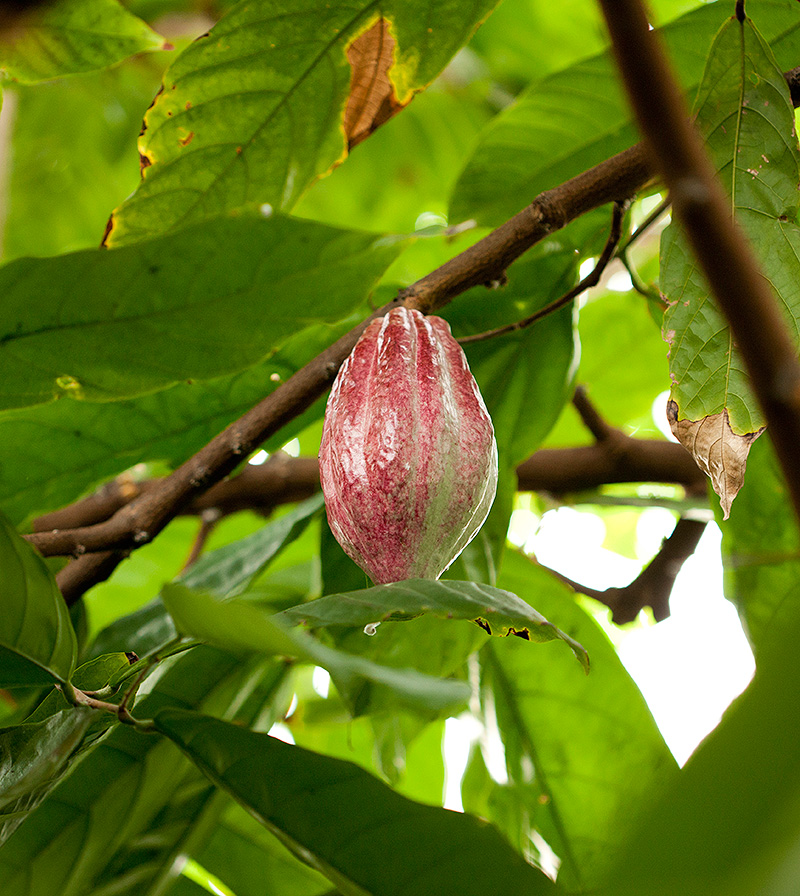 We’re thrilled to announce the winners of the first week of our Wild Medicine Photo Contest. This year’s contest is off to a promising start with some very beautiful submissions. You’ll certainly appreciate them as much as we did. Week 2 officially began on Saturday, January 31, so all photos taken inside the Enid A. Haupt Conservatory and uploaded to the NYBG Flickr Group Pool with the tag “#wildmedicine2015” before 6 p.m. tomorrow will be eligible for consideration in the next round. There is plenty of time to participate, as the contest lasts until February 20 while the Wild Medicine in the Tropics exhibition is on display in the Haupt Conservatory.
We’re thrilled to announce the winners of the first week of our Wild Medicine Photo Contest. This year’s contest is off to a promising start with some very beautiful submissions. You’ll certainly appreciate them as much as we did. Week 2 officially began on Saturday, January 31, so all photos taken inside the Enid A. Haupt Conservatory and uploaded to the NYBG Flickr Group Pool with the tag “#wildmedicine2015” before 6 p.m. tomorrow will be eligible for consideration in the next round. There is plenty of time to participate, as the contest lasts until February 20 while the Wild Medicine in the Tropics exhibition is on display in the Haupt Conservatory.
Weekly winners are selected in two categories, Macro (close-up) and Sense of Place (wideshot). Because this week’s submissions did not include enough Sense of Place photos, only one weekly winner was selected in this category. Otherwise, click through to to view the First Place and First and Second Runner-Up winners in the Macro category, as well as the First Place winner in the Sense of Place category.
Posted in Photography on February 5 2015, by Matt Newman
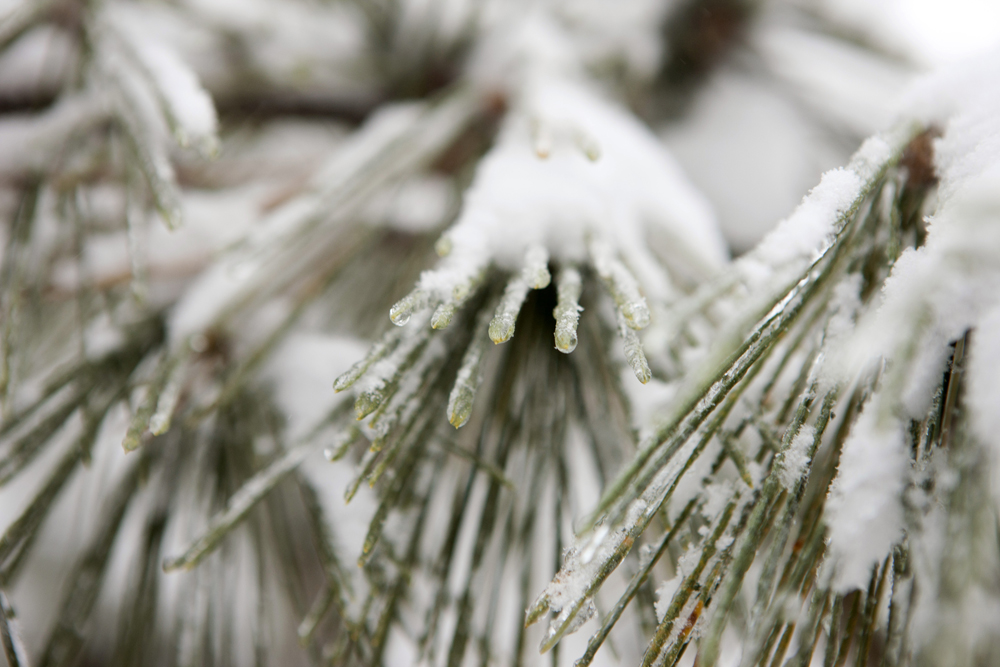
In the Ross Conifer Arboretum – Photo by Ivo M. Vermeulen
Posted in Programs and Events on February 4 2015, by Matt Newman
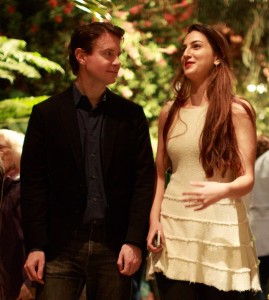 New York might not seem like a hub of romance right now, what with the iced over sidewalks and sounds of cars spinning their tires in the snow, but trust me when I say that there’s at least one place in the city where the cozy warmth and inviting atmosphere of Valentine’s Day is alive and well. Returning for another year on February 14, our intimate Valentine’s Day Date will once again provide you with an opportunity to treat your nearest and dearest to a night of champagne, delectable aphrodisiacs, and tropical escapism in NYBG’s Haupt Conservatory.
New York might not seem like a hub of romance right now, what with the iced over sidewalks and sounds of cars spinning their tires in the snow, but trust me when I say that there’s at least one place in the city where the cozy warmth and inviting atmosphere of Valentine’s Day is alive and well. Returning for another year on February 14, our intimate Valentine’s Day Date will once again provide you with an opportunity to treat your nearest and dearest to a night of champagne, delectable aphrodisiacs, and tropical escapism in NYBG’s Haupt Conservatory.
Exclusively for MasterCard holders, this special evening for adults takes place amid the highlights of Wild Medicine in the Tropics, a showcase of the Conservatory’s permanent collection and the unique medicinal plants that are housed there.
Posted in Photography on February 4 2015, by Lansing Moore
Sanchezia speciosa in the Enid A. Haupt Conservatory – Photo by Ivo M. Vermeulen
Posted in Horticulture on February 3 2015, by Sonia Uyterhoeven
Sonia Uyterhoeven is NYBG‘s Gardener for Public Education.
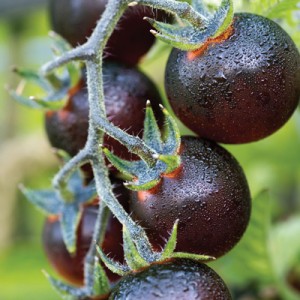
Something old,
something new,
something borrowed,
something blue,
and a silver sixpence in her shoe.
I wasn’t looking for blue. I was looking for black…the darkest shade I could find. But I found Indigo™ ‘Blue Berries’ in the pages of Territorial Seed catalog and fell in love. For clarity, Indigo™ ‘Blue Berries’ is Solanum lycopersicum—not Vaccinium corymbosum. If you’re not yet savvy with the nomenclature, that means we’re talking about tomatoes rather than blueberries.
The old English rhyme above was instruction for a bride on what to wear at her wedding. The list was full of superstitions and fertility prayers. That said, I am hoping that Indigo™ ‘Blue Berries’ will be not only fertile, but positively prolific. Let me start from the beginning.
Posted in Photography on February 3 2015, by Matt Newman
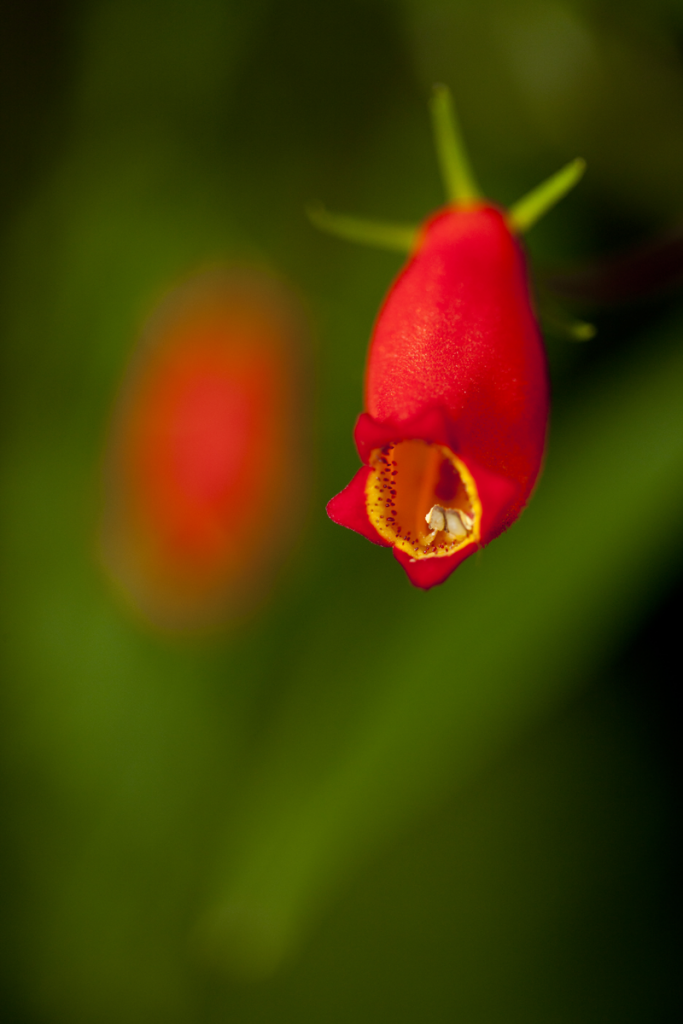
Bolivian Sunset (Seemannia sylvatica) in the Haupt Conservatory – Photo by Ivo M. Vermeulen
Posted in Learning Experiences on February 2 2015, by Jeanne Lapsker
Jeanne Lapsker is a Forest volunteer at NYBG.
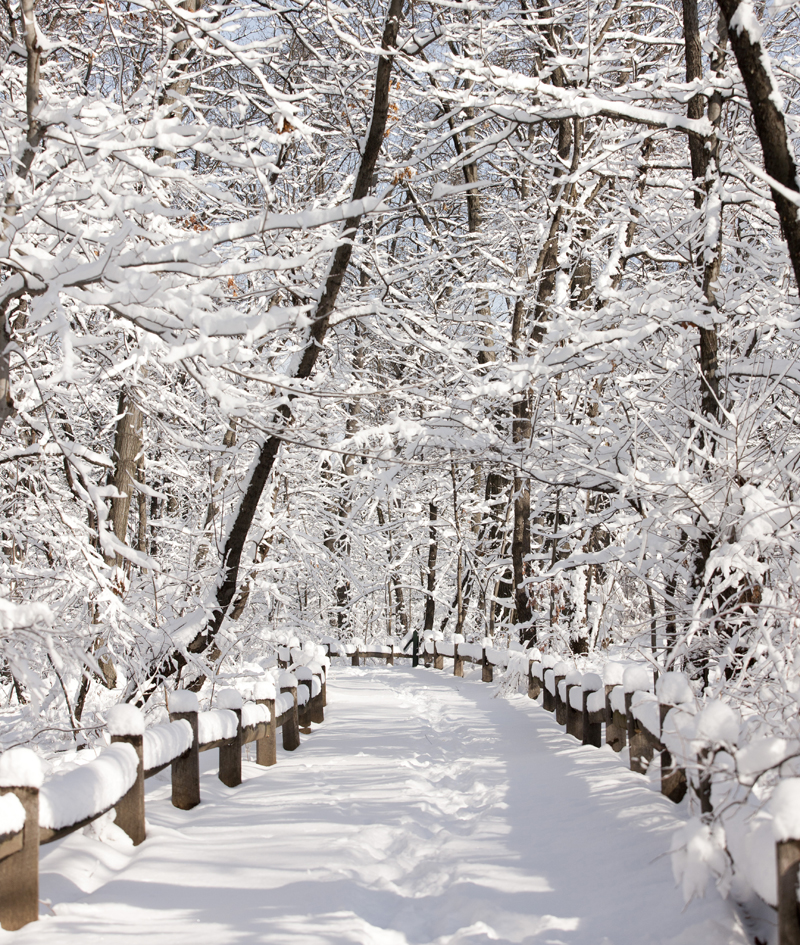 The leaves of the old rhododendron shrubs hang straight and stiff outside my window—the surest indicator of freezing temperatures. I dress in layers and head out to the forest in NYBG.
The leaves of the old rhododendron shrubs hang straight and stiff outside my window—the surest indicator of freezing temperatures. I dress in layers and head out to the forest in NYBG.
In the late 1800s Robert Louis Stevenson wrote, “It is not so much for its beauty that the forest makes a claim upon men’s hearts, as for that subtle something, that quality of air that emanation from old trees, that so wonderfully changes and renews a weary spirit.” Recently a friend posted an article about shinrin-yoku, or forest bathing, a term coined in Japan in 1982 that sparked my interest.
Shinrin-yoku was inspired by the ancient Shinto and Buddhist practices of letting nature enter the body through all five senses. For several decades now Japanese researchers have been studying the psychological and physiological effects of leisurely walking in the woods and breathing in the scent of old trees. They found correlations with stress and blood pressure reduction, improved mood, increased energy, improved sleep, increased concentration, and increases in the body’s immune cells. Now there are forty-eight designated forest therapy trails in Japan and shinrin-yoku is an accepted form of preventative medicine there. It is estimated that an astounding one quarter of the Japanese population use these forest trails. With increasing urbanization and use of technology, other countries around the world are investigating the potential health benefits of spending time in nature.
What we have long believed intuitively to be true regarding the benefits of spending time among the trees may in fact be linked to biological and chemical changes in our bodies. In the meantime, as I walk these paths in the Thain Family Forest, I smile to think that in other native forests under different native trees, others are walking paths, different yet similar, and experiencing a comparable sense of peace.